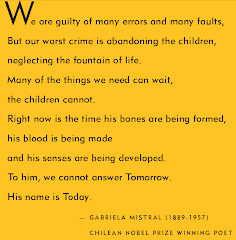
Yesterday, on the way home from the funeral, we passed a purple and I do mean purple house. [read about the owners!]
A real estate agent who is a co-teacher of mine, reacted, "They don't have HOA's in small-town America." Then I thought about it in regards to my June 12, 2007 "Bad Neighborhood" entry. Neighborhoods obviously don't go bad under the nose of a homeowner's association, and many neighborhoods don't even need a HOA to stay "good" but then a sociology book I'm selling for my brother shed more light on this.
"[In slum neighborhoods] there is neither neighborhood solidarity in the community sense, nor that strongly organized group opinion which frequently acts like a brake upon individual misbehavior." Of course, this attitude led to urban sprawl, thus pushing out the low-income problem instead of addressing it. But... that "community sense" and "strongly organized group opinion" ... isn't it HOA to the T?
The article "Life and Death in the City: Neighborhoods in Context" pointed out that the question I asked, "What's wrong with bad neighborhoods?" is the wrong question. "Sociology teaches us to look farther, to look at the contexts of situations. Where should we look instead of within the neighborhoods (cosmetic indications) to explain their conditions?" The article offers two better questions.
- What happened to these places to create their conditions? What forces protect the best neighborhoods over generations and leave others vulnerable to deterioration?
- How and why do certain kinds of people come to live in places with such problems? Who is most successful in avoiding such areas? Who lives in an unsafe area and why?


1 comment:
Hello Renee:
I am the woman in the picture who lives in the purple house. We lived in this house for 13 years before we decided to paint it purple. At this point we a long time members of the community. We have volunteered in many aspects of our community. My husband was a Cub Scout leader, he helped rebuild the local playground, I have volunteered at the schools and have always helped my many friends in the community when they were in need. When I was diagnosed with cancer 2 years ago, the my friends and neighbors in this little town were my lifeline. Some love the purple, some don't...it's just a color and we still have free speech in this country. I watch over my elderly neighbors. People frequently stop to talk to me when I'm out in the garden, asking for directions or saying how much joy my house and garden gives them. For you to insinuate they we are not good and upstanding members of our community is incorrect and insulting. Something tells me you might judge a person by the color of his/her skin versus what is inside. If you read the article, my neighbors (now 88) are fine with it and very fond of me. They worried about me with my cancer and I worry about them because they are 88 and talk to them on their porch all summer. I checked with the Town before I painted the house. I have attended many Town Council meetings on other matters. It is a sad day when the color purple makes people judge you. I have taught my children to be free to express themselves, and to be good neighbors and members of this community in which I have loved for 16 years. I didn't realize when we painted the house I'd be teaching them courage to stand up to the insults and ridicule of others. That has been a bonus. Amy Olson
Post a Comment